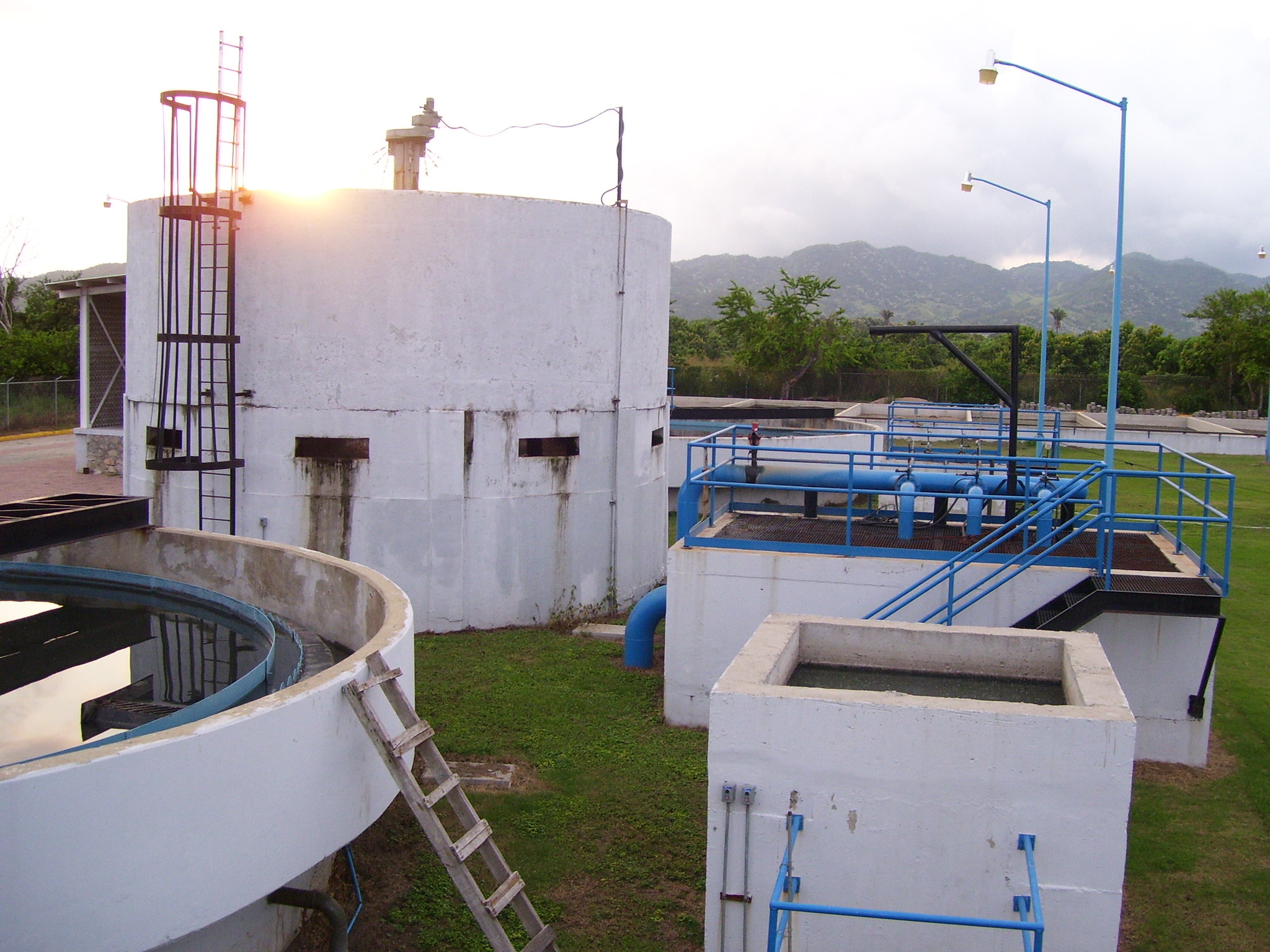
PFAS, short for per- and polyfluoroalkyl substances, are a group of widespread man-made chemicals that don’t break down in the environment or the human body and have been flagged as a major contaminant in sources of water across the country.
Keep up with PFAS-related developments in the Great Lakes area.
Click on the headline to read the full story:
Michigan:
The language is included in the annual National Defense Authorization Act (NDAA), which was passed by the Democrat-controlled House in July. The bill, which contains hundreds of military budget and policy provisions, must be combined with a Senate version in a conference committee that’s sending a final version to the White House this year.
Wisconsin:
Right now, the nearly 200-page document is in draft form. The DNR and the Wisconsin PFAS Action Council is looking for more public input.
“This is only going to be tackled if we all work together. A coordinating body of state agencies, but also must done in partnership with stakeholders and community members across Wisconsin,” said DNR Policy Director for the Office of Emerging Contaminants Mimi Johnson.
- Proposed DNR budget includes $50 million annually for land acquisition, no funds for PFAS cleanup – Milwaukee Journal Sentinel
According to the recently filed budget request for 2021 through 2023, the agency did not seek any money for PFAS remediation, testing or investigations. DNR Secretary Preston Cole submitted the proposed budget earlier this month. The document is more of a recommendation for Evers, who will create his own budget that will be decided upon by the Legislature next spring.
But the decision to not include money to address PFAS doesn’t mean that no money will be set aside in the governor’s budget, said Todd Ambs, the assistant deputy secretary of the DNR.
National:
- States’ PFAS Controls Headed Toward Landfills, Wastewater Plants – Bloomberg Law
States are likely to increase their regulation of landfills and wastewater treatment plants as testing programs find “forever chemicals” in those places, attorneys said Thursday.
The chemicals—called per- and polyfluoroalkyl substances, or PFAS—end up in landfills and publicly owned treatment plants because they’re used in so many products.
It’s also because “landfills and wastewater treatment plants are aggregators of society’s waste,” said Louise Nelson Dyble, an associate in the San Francisco and Chicago offices of Troutman Pepper Hamilton Sanders LLP.
Catch up with PFAS news on Great Lakes Now:
Michigan PFAS activist has cancer, says she’s not surprised
Citizen Excellence: Sandy Wynn-Stelt receives EPA award for efforts to combat PFAS
Indiana universities receive grants to study PFAS impact on water quality
PFAS Progress: Michigan continues legislative push for more action against PFAS
API key not valid. Please pass a valid API key.Featured image: Wastewater treatment plant (Photo from Flickr, CC BY 2.0)




